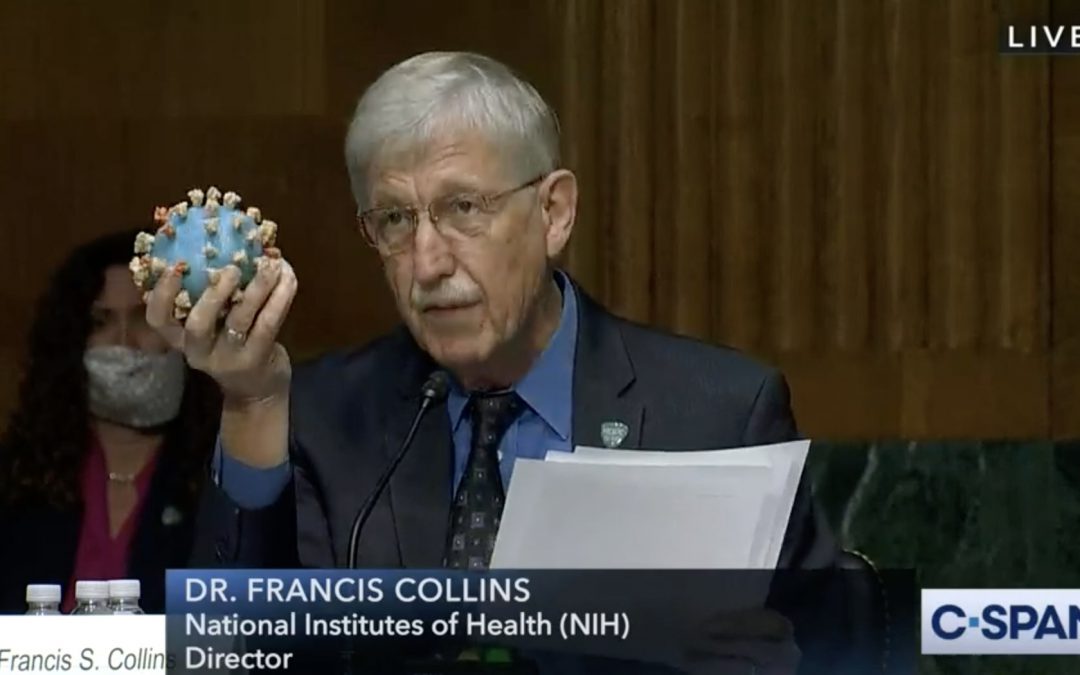The directors of the nation’s top public health agencies reiterated Thursday that they expect to be able to distribute a COVID-19 vaccine by early next year.
The heads of the National Institutes for Health, the Centers for Disease Control and Prevention, and the Biomedical Advanced Research and Development Authority appeared before the Senate Appropriations Committee health subcommittee to explain their efforts to produce and distribute a COVID-19 vaccine, which they are calling Operation Warp Speed.
NIH Director Dr. Francis Collins said his department, in partnership with the pharmaceutical firm Moderna, would start a vaccine trial with 30,000 participants this month. He expected results “in a few months.”
To expedite the path to a vaccine, he said, NIH and BARDA were investing in many vaccine developments. And they were prepared to throw out anything that didn’t pass safety standards.
“BARDA is investing in multiple vaccine candidates,” said BARDA Director Dr. Gary Disbrow. “It is a financial risk. It is not a safety risk.“
Sen. Roy Blunt, R-Mo., chairman of the health subcommittee, endorsed the approach.
“Frankly, if we don’t lose some money, we didn’t try hard enough,” Blunt said. “If you choose six vaccines and they all make it, I think the question will be, why didn’t you choose eight vaccines?”
Collins said he and the Operation Warp Speed team were “very optimistic” a COVID-19 vaccine would be ready by the end of this year and that 300 million doses of the vaccine would be available by early next year.
CDC Director Dr. Robert Redfield was similarly confident that his organization would distribute a vaccine efficiently. The main challenges are to put distribution infrastructure in place and to build public confidence in vaccines, he said.
Sen. Lamar Alexander, R-Tenn., asked whether sports will return in the fall. Collins predicted there will be a fall season. He said his agency plans to have improved COVID-19 tests that wouldn’t need to be sent to a lab and could give results within an hour. He had a goal of providing an additional 1 million tests per day by September.
“The best is to have your gadget right there, at the front desk when somebody shows up for practice. And find, ‘is this person somebody who’s safe to send to the field,” he said.
Collins urged the committee to prepare for future pandemics after a COVID-19 vaccine has been distributed. He said, there will inevitably be another one, and the U.S. should continue investing in its public health services.
“Every time you do this, you get a little better at it,” said Collins. “We should never again step back into the point of complacency with these kinds of emerging infections.

